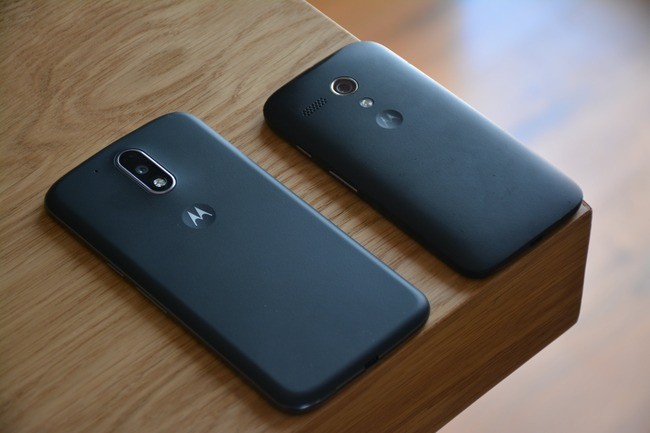Ten years ago marked the advent of a game-changing release in the realm of Android phones-the Motorola Moto G.
While it didn't boast groundbreaking features, an exemplary camera, or an avant-garde design, its impact was seismic, driven by its affordability, value proposition, and the backing of a resurging, globally renowned brand.
The Moto G swiftly carved a path as a trendsetter, etching an indelible mark that still endures.
Its significance wasn't forged in isolation; it was part of a cohort of devices emerging during the same period, all employing a comparable strategy that reshaped the industry landscape.

Value and Affordability
The device's value and affordability, rather than its flashy specifications, made it so appealing. It democratized access to Android technology without sacrificing quality, making it appealing to a wide range of consumers.
This crucial strategy helped the Moto G soar to the top of the smartphone market, especially when combined with Motorola's resurgent brand recognition.
Furthermore, the Moto G's legacy remains a reminder of a crucial turning point in the development of Android phones.
Because of its success, consumer expectations changed, forcing rivals to reassess their approaches to pricing and product offerings.
Even 10 years later, the market is still affected by this revolutionary effect.
Even though it had a 4.5-inch LCD screen, a Snapdragon 400 processor, and only 1GB of RAM-modest specs by today's standards-it was a unique gadget at the time. The phone stood out from the competition thanks to its ergonomic form and unusual attractiveness, enhanced by its colorful interchangeable rear panels and the Motorola logo in a cute dimple.
Even though it didn't have 4G connectivity, which was uncommon back then, its affordable $180 price point made it a more appealing option than the $650 4G Apple iPhone 5S.
Furthermore, Motorola defied expectations by using nearly stock Android 4.3 Jelly Bean with promised future updates.
A Small History of the First Android Smartphone
The HTC Dream, also known as the Google-HTC T-Mobile G1, was the driving force behind Android's entry into the smartphone market.
When it was first unveiled in 2008, this phone made history by being the first to feature the Android operating system. Its 3.2-inch touchscreen and slider design, which revealed a real QWERTY keyboard, set it apart from other smartphones.
The G1 was a trailblazer, although it looked bulkier than modern handsets. It introduced the idea of downloadable apps through the Android Market (now Google Play Store) and supported a wide range of features beyond talking and messaging.
Even though it was small by today's standards, the 3.2-megapixel camera was a fascinating addition. Its smooth interaction with Google products like YouTube, Gmail, and Maps further solidified its reputation as a gateway to various digital experiences.
With its ability to demonstrate the possibilities of an open-source, configurable mobile operating system and spark a revolution that would reshape the smartphone market for years to come, this device set the stage for Android's development.
Related Article: Android 7.0 Nougat OS Released For Sony Xperia X; General Update For All Eligible Device Expected Dec. 2016
© Copyright 2025 Mobile & Apps, All rights reserved. Do not reproduce without permission.














